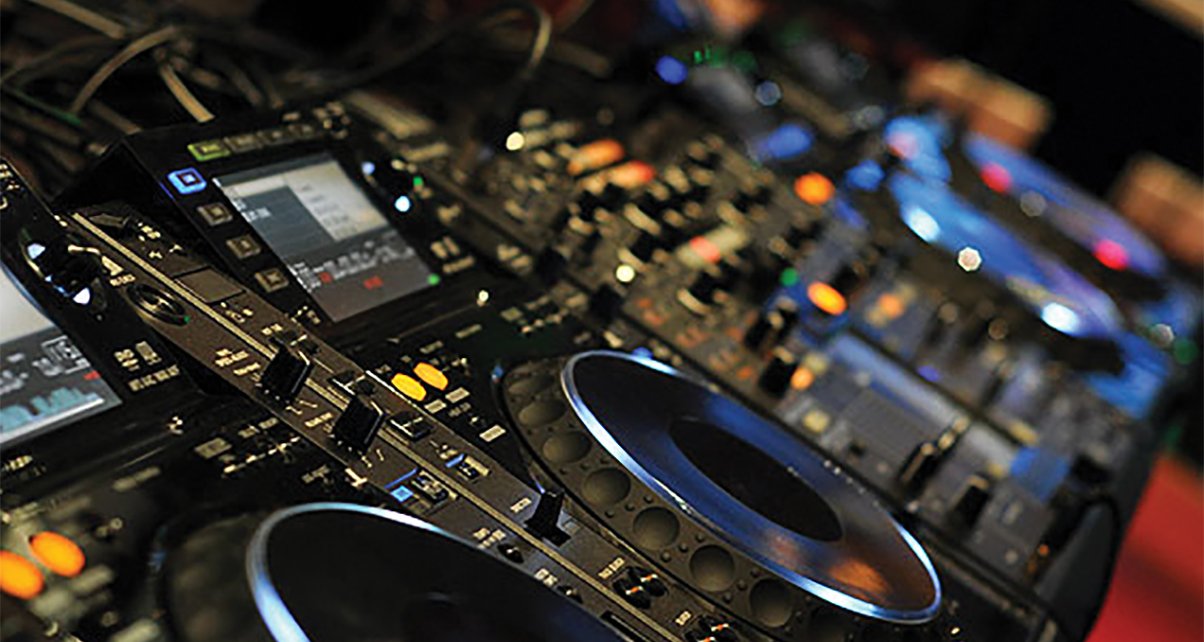Intro to Prepping Tracks for a DJ Set
Introduction
Creating an unforgettable DJ set involves more than just mixing tracks; it requires meticulous preparation, thoughtful selection, and an understanding of the crowd's vibe. Properly prepping tracks is the backbone of a successful performance, enabling seamless transitions and an immersive experience for the audience.
Understanding Your Audience
Before diving into track selection, it's essential to understand the audience and the event's context. Is it a nightclub, a festival, or a private party? Understanding the venue and audience preferences can significantly influence your track choices and the overall mood you aim to create.
Curating Your Playlist
Start by curating a diverse playlist that aligns with the event's vibe. Consider different genres, tempos, and energy levels to maintain dynamism throughout your set. Experiment with tracks that complement each other, creating a narrative flow rather than a random assortment of songs.
Quality over Quantity
While it's tempting to have an extensive library at your fingertips, quality always surpasses quantity. Focus on tracks that resonate with you and suit your style as a DJ. Having a smaller, well-curated collection ensures a deeper understanding of each track's nuances, facilitating better mixing and transitions.
Organizing Your Library
Organize your music library effectively. Use metadata tags like BPM (beats per minute), key, genre, and energy level to categorize tracks. Utilizing DJ software like Serato, Rekordbox, or Traktor makes this process efficient, enabling quick access to the right tracks during your set.
Analyzing Tracks
Analyze your tracks thoroughly. Familiarize yourself with song structures, identify intros, outros, breaks, and any significant changes in rhythm or melody. Understanding a track's elements enables precise mixing and seamless transitions.
Cue Points and Markers
Set cue points and markers on your tracks. These serve as navigation points, allowing you to jump to specific sections of a song instantly. Utilize them for crucial moments like when to start mixing, introducing a new track, or emphasizing a significant drop.
Harmonic Mixing
Consider harmonic mixing to create smooth transitions between tracks. Matching compatible keys can enhance the flow of your set, maintaining a harmonic coherence that captivates the audience.
Practice Makes Perfect
Rehearse and experiment with your prepared tracks extensively. Practice mixing, transitioning, and exploring different combinations to understand how tracks interact with each other. This not only hones your skills but also boosts confidence during live performances.
Adaptability and Spontaneity
While preparation is vital, be open to spontaneity. Adapt to the crowd's energy, and don't hesitate to deviate from your planned set if necessary. Being flexible allows for organic moments that resonate deeply with the audience.
Technical Preparedness
Ensure technical preparedness by having backup equipment, extra cables, and a contingency plan in case of technical issues. Being prepared for unforeseen circumstances minimizes disruptions and keeps the focus on the music.
Conclusion
In the realm of DJing, the art of prepping tracks sets the stage for a remarkable performance. It's a fusion of organization, creativity, and adaptability. By curating a thoughtful playlist, organizing your library effectively, and practicing diligently, you can elevate your DJ sets to unforgettable experiences that resonate with your audience long after the music stops.





